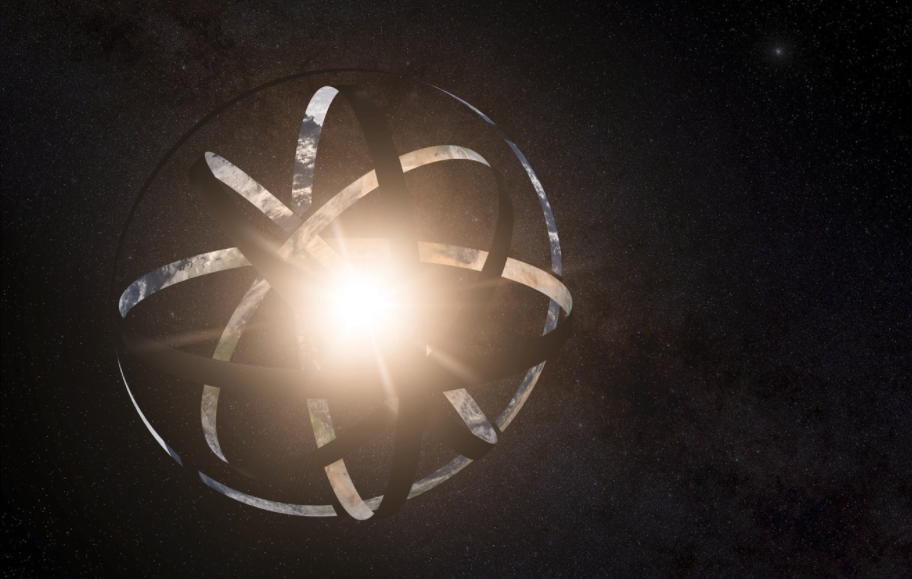Time travel is the fantasy that humans can’t stop hoping for. Our collective wish for a connection to the future or past floods into our culture through literature, film, television, music, and architecture. But what if it has already been done? What if someone has travelled back or forward and told us their story – would we believe them? Should we? One such case is John Titer, a self-declared time traveler who posted in online forums in 2000, claiming to come from the year 2036 and giving both vague and detailed predictions (which have not yet come true).
When asked about the probability of John Titer being a genuine time-o-naut, science educator, author and soon to be Netflix star Bill Nye serves it up straight with no chaser. It’s highly unlikely Titer comes from 2036, or has ever been there. Apart from the fact that traveling as fast or faster than the speed of light would break your physical body apart into itty bitty particles, Nye says Titer’s claim could be easily debunked with a few simple checks, which can be applied to anyone declaring time traveler status. Can this time traveler tell us who will win the next Super Bowl? What are the winning Power Ball numbers? And leading on from that, why isn’t John Titer filthy rich? He could have purchased the most valuable stocks, invested in the most entrepreneurial companies, and gambled his way to a yacht and a Lamborghini with future information. All these things should be ringing alarm bells.
Nye champions healthy skepticism in the moments when you hear something revelatory, especially if you desperately want it to be true. Some people will lie about incredulous feats intentionally for money or fame, and some others won’t even know they’re lying, they’re so caught up in their own delusion. No matter how much you want to believe it, ask questions, do research, discuss it with people you respect, and critical think the heck out of it. It’s mighty empowering, says Nye.
Bill Nye’s most recent book is Unstoppable: Harnessing Science to Change the World.
Lana: Hey Bill Nye. My name is Lana and I have a question about time travel. So recently I have been searching up various information about a so called time traveler named John Titor who claimed that he came from the year 2036 and wrote about all of this in the early 2000s. So I have a question, can this possibly happen and can time travel actually exist? So thank you.
Bill Nye: Lana, I would say, if I understand this guy's claims, they are false. Time travel so far is not possible. There is a very reasonable theory that you could build a time machine in which you go faster or close to the speed of light, of course that would kill you because you would be accelerated in these very small radii and at very high speeds and you'd fly apart. But that aside, you can only go back in time to when the machine was built, just a complication. The other thing is when people make these extraordinary claims there's generally a way to prove them false, to prove them wrong. And this guy took the trouble to only go the 2036, see if he can tell you who one the Super Bowl. And the other big thing I always ask those guys, why isn't he rich? Couldn't he have invested in certain stocks? Couldn't he have seen certain eventualities, outcomes with the stock market, with certain manufactures, be it the Tesla Automobile Corporation, for example, or the Department of Defense in the United States coming up with some famous new invention? Wouldn't he have invested in certain farmland in the right part of the world to be especially productive? Why? So on and so on. So I really encourage you to look into this guy's claims. Now, in what we call skepticism or skeptical thought, and also it's a very popular phrase right now critical thinking, critical thinking skills, we evaluate claims, we look to see if a claim is true or false. You look at a specific thing this guy says that happens in the future and see if it really happens. In general when people make those claims – I'm 60 years old now. I've been through a lot of claims of the end of the world.
A lot of people who have said they were from the future and it's really easy to meet people who say they're from the past, that they were in some extraordinary war in ancient Greece or that they were - I know a woman who believed or seemed to believe that she was killed in a car wreck in the 1920s and she used to be this beautiful woman who dressed in flapper clothes of that era, very distinctive style of dress and she really believes that until you start asking her questions about who was president? How much money did she have in the bank? What was the price of a gallon of gas and so on? They don't really know these things that are easily researched. So I think if you look into this guy's claims, each claim you'll be able to debunk of them. And this is really empowering, Lana. It will make you feel good, I hope, because you will use your own brain, your own experience, your own outlook on life to determine whether or not someone is essentially lying to you. And this guy sounds like he's lying to you on purpose, but often it's very common I've met these people that are lying to themselves as well. They've gotten their own self caught up in this delusion. But this guy sounds like I don't know if you know the word charlatan, a trickster, someone who's trying to dupe you, take advantage of you. So look into it and be empowered. Let's change the world.







